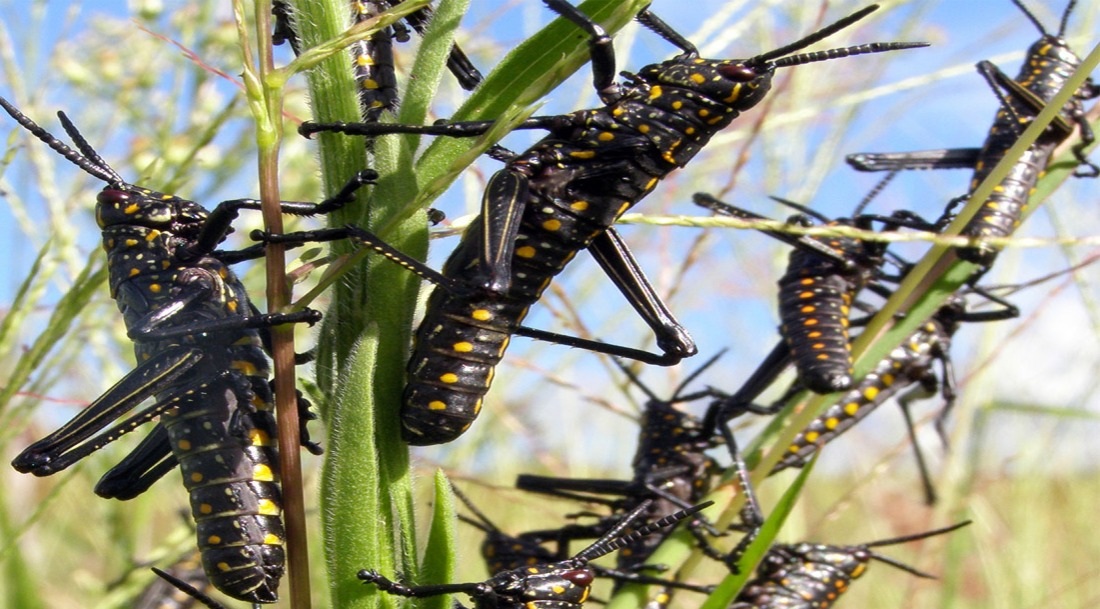Officials at the Food and Agriculture Organisation (FAO) have warned that desert locusts could attack parts of Uganda.
“There is a risk that some swarms could appear in northeast Uganda, southeast South Sudan,” the January 6th report from Experts at Locust Watch department at the Food and Agriculture Organisation (FAO).
According to FAO, this is the worst invasion in 70 years.
“Over 175,000 acres of farmland in Somalia and Ethiopia have been destroyed by the locust invasion,” the earlier report released in December 2019 from FAO said.
Large swarms of immature locusts moved south in the arid region of Ethiopia and adjacent areas of central Somalia before a major attack in southern Somalia and South-East Ethiopia, the report said.
In an earlier statement by the government of Kenya on Jan 4, in Nairobi, swarms of desert locusts started penetrating the country around December 28, last year, majorly affecting northeast counties of Wajir, Marsabit and Mandera.
According to Rt Col. Cyrus Oguna, the government spokesman, the country has deployed special teams to start aerial spraying in the affected counties.
Mr Vincent Bamulangaki Ssempijja, the Minister of Agriculture, Animal Industry and Fisheries (MAAIF), in press brief in Kampala on Thursday said that Uganda is still free from massive locusts invasion.
Citing additional support from Desert Locust Control Organization for Eastern Africa (DL-COEA) where Uganda is a member, the minister said the Crop Protection Department at MAAIF is on alert.
He, however, advised farmers to follow the appropriate pest management measures provided through extension workers.
Facts
Locusts are a great threat to agriculture and food security. According to information from FAO, a typical desert locust swarm has close to 150 million locusts.
The insects migrate with wind and can cover 100 to 150 kilometers in a day.
An average swarm can destroy as much food in a day as is sufficient to feed 2,500 people.


